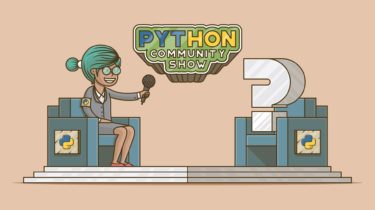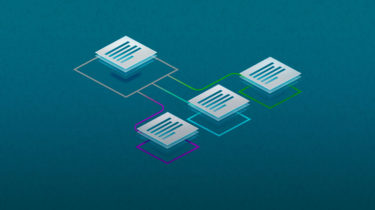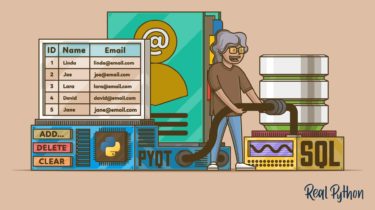How to Convert DOCX To Html With Python Mammoth
Introduction At some point in your software development path, you’ll have to convert files from one format to another. DOCX (used by Microsoft Word) is a pretty common file format for a lot of people to use. And sometimes, we’d like to convert Word Documents into HTML. This can easily be achieved via the Mammoth package. It’s an easy, efficient, and fast library used to convert DOCX files to HTML. In this article, we’ll learn how to use Mammoth in […]
Read more


